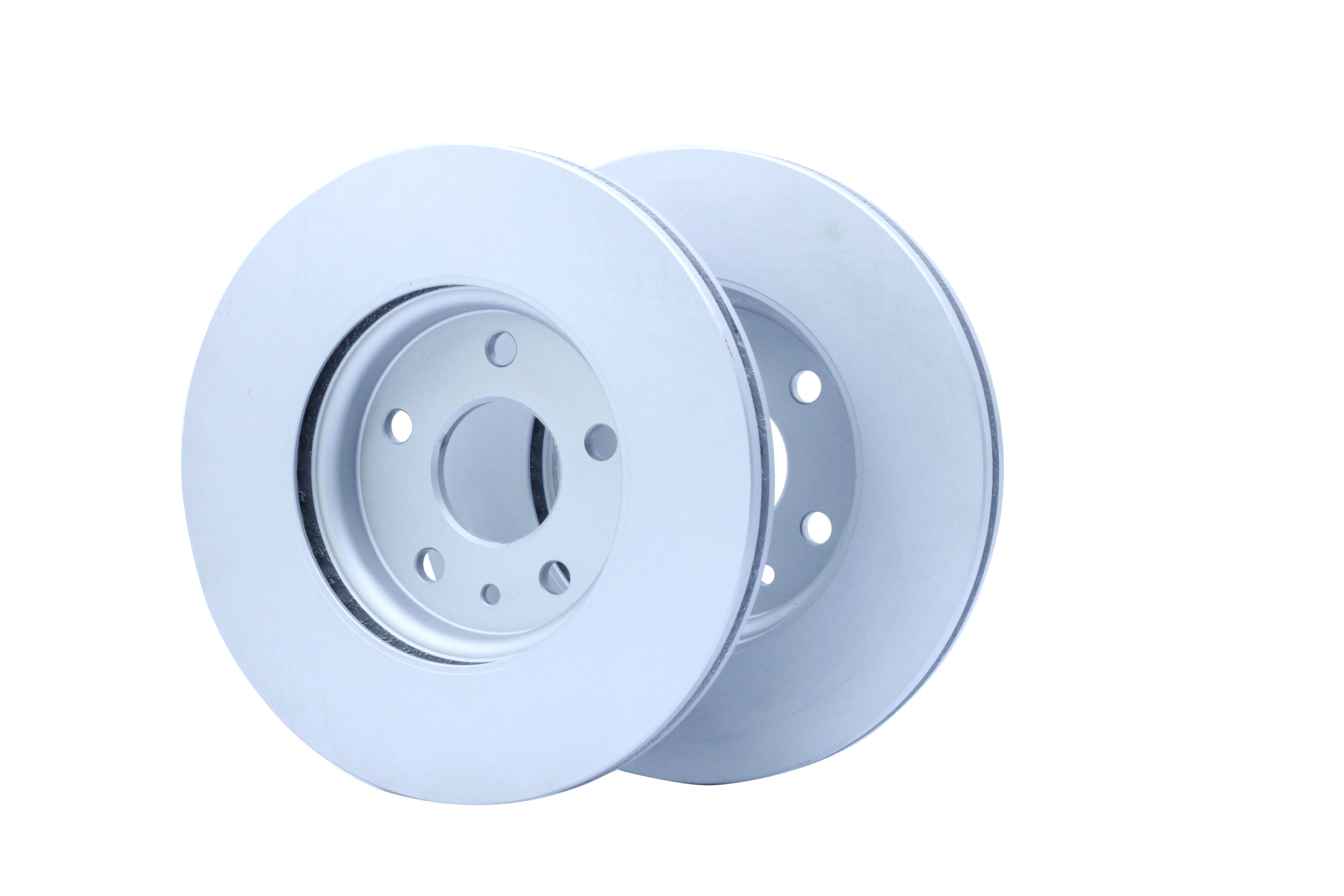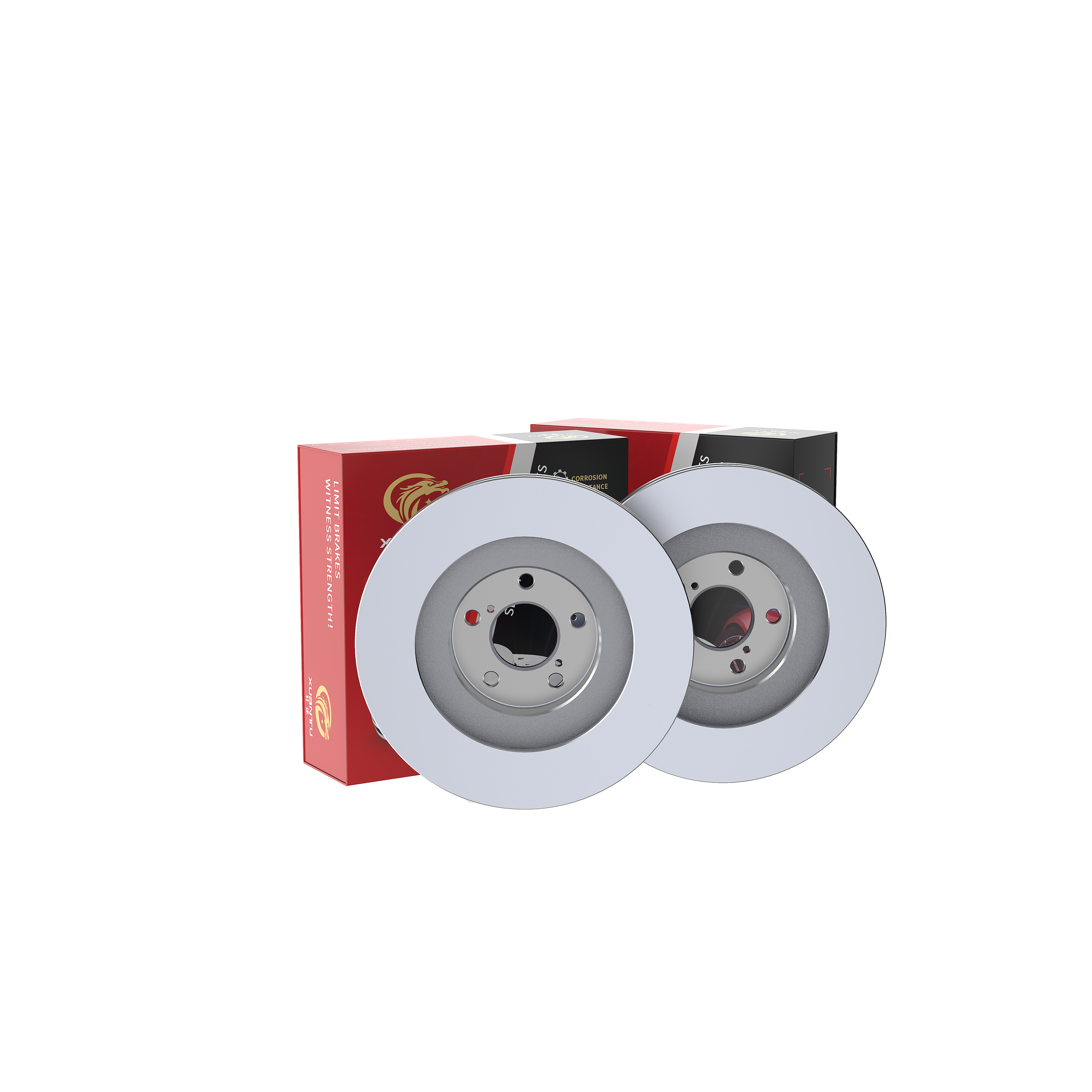Understanding the Critical Role of Brake System Components
Your vehicle's braking system represents one of the most crucial safety features, with brake rotors playing a central role in bringing your car to a stop. These metal discs work in conjunction with brake pads to create the friction necessary for slowing and stopping your vehicle. When brake rotors function properly, they provide smooth, reliable braking performance. However, when issues arise, they can compromise your safety and lead to costly repairs.
Modern vehicles rely heavily on disc brake systems, making brake rotors an essential component that requires regular attention and maintenance. Understanding common problems and their solutions not only helps extend the life of your braking system but also ensures optimal performance and safety on the road.
Identifying Common Brake Rotor Issues
Warped Brake Rotors
One of the most frequent issues drivers encounter is warped brake rotors. This condition occurs when the rotor surface becomes uneven, usually due to excessive heat build-up and cooling cycles. You might notice symptoms like steering wheel vibration during braking, pulsating brake pedal, or unusual noises. Warping typically happens when drivers brake heavily while carrying heavy loads or during prolonged downhill driving.
The solution often involves having your brake rotors resurfaced if the warping is minor. However, if the warping is severe or the rotors have already been machined previously, replacement might be necessary. Professional mechanics can measure the rotor thickness and determine the best course of action.
Scoring and Grooves
Scored brake rotors develop deep grooves or lines on their surface, typically caused by worn-out brake pads that expose metal backing plates. This metal-on-metal contact creates these marks and can seriously compromise braking effectiveness. Regular brake pad inspections can prevent this issue, as worn pads should be replaced before they cause rotor damage.
When scoring occurs, the solution depends on the severity. Light scoring might be resolved through resurfacing, but deep grooves usually require complete rotor replacement. Prevention involves regular brake system inspections and timely pad replacement.

Heat-Related Brake Rotor Problems
Thermal Cracking
Extreme temperature variations can cause brake rotors to develop cracks. These usually appear as small lines radiating from the center of the rotor outward. Thermal cracking occurs when rotors experience rapid heating and cooling cycles, particularly during aggressive driving or heavy braking scenarios. Once cracks appear, the integrity of the rotor is compromised.
Unfortunately, cracked brake rotors cannot be repaired and must be replaced immediately. The solution involves installing new rotors and addressing any driving habits that might have contributed to the problem. Using high-quality rotors designed for your vehicle's specifications can help prevent future thermal cracking.
Blue Spots and Heat Spots
Heat spots appear as discolored areas on brake rotors, often showing up as blue patches. These spots indicate areas where the rotor material has been subjected to excessive heat, changing its molecular structure. This condition can lead to uneven braking and reduced performance.
When heat spots are present, resurfacing rarely solves the problem as the material has been permanently altered. Complete rotor replacement is typically necessary, along with an evaluation of driving habits and brake system components to prevent recurrence.
Maintenance and Prevention Strategies
Regular Inspection Protocols
Implementing a consistent inspection schedule for your brake rotors can help identify potential issues before they become serious problems. Visual checks should include looking for signs of uneven wear, scoring, or discoloration. Professional inspections should occur during routine maintenance intervals, typically every 12,000 to 15,000 miles.
During these inspections, technicians should measure rotor thickness and surface variation to ensure they remain within manufacturer specifications. This proactive approach can save money by addressing minor issues before they require complete replacement.
Proper Breaking-in Procedures
When new brake rotors are installed, proper breaking-in procedures are essential for optimal performance and longevity. This process, also known as bedding-in, creates an even transfer layer of brake pad material onto the rotor surface. Following manufacturer-recommended procedures during this critical period helps ensure proper brake performance and reduces the likelihood of future problems.
The break-in process typically involves several controlled stops from moderate speeds, allowing cooling periods between applications. This helps establish proper pad material transfer and prevents uneven wear patterns from developing.
Advanced Technology and Future Developments
Material Innovations
The brake rotor industry continues to evolve with new materials and manufacturing techniques. Carbon-ceramic rotors, while expensive, offer superior heat resistance and reduced weight. New alloy combinations and surface treatments are being developed to enhance durability and performance while maintaining reasonable costs.
These advancements promise longer-lasting brake rotors with improved heat management capabilities. While some technologies remain primarily in the performance and luxury segments, their benefits are gradually becoming available in more mainstream vehicles.
Smart Monitoring Systems
Modern vehicles increasingly incorporate sophisticated brake monitoring systems that can detect rotor wear and potential problems before they become serious. These systems use sensors to measure brake performance and component condition, alerting drivers to necessary maintenance.
Future developments may include real-time wear monitoring and predictive maintenance capabilities, helping drivers better maintain their brake systems and prevent costly repairs.
Frequently Asked Questions
How long do brake rotors typically last?
Brake rotors typically last between 30,000 to 70,000 miles, depending on driving conditions, maintenance, and vehicle type. City driving with frequent stops generally leads to faster wear than highway driving.
Can I replace just one brake rotor?
While technically possible, it's recommended to replace brake rotors in pairs (both front or both rear) to ensure even braking performance and prevent uneven wear that could affect vehicle stability.
How can I extend the life of my brake rotors?
To maximize brake rotor life, avoid aggressive braking when possible, maintain proper brake fluid levels, replace brake pads before they wear completely, and follow recommended maintenance schedules. Regular inspections can help identify potential issues early.

